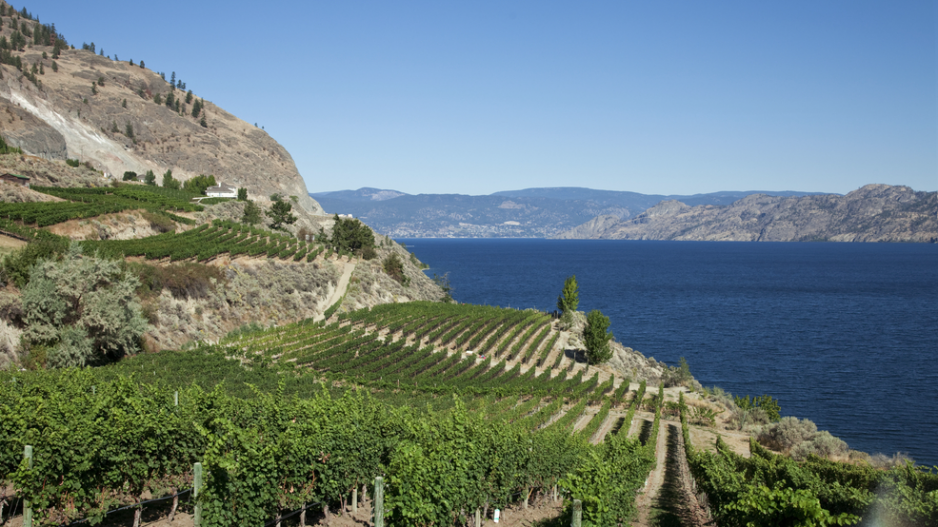Victoria has changed the provincial regulation that governs how B.C. wineries label their wines to include three relatively non-controversial recommendations that passed in a plebiscite that the industry held between May 20 and July 1.
The three changes are that:
•B.C. wines that have an approved sub-geographical indication on the label, such as Golden Mile Bench, also must have the larger geographical identifier, Okanagan Valley, on the label;
•future votes on new sub-geographical regions will also be open to grape growers who do not produce wine; and
•wines produced in a proposed new subregion no longer must consistently demonstrate specific distinctive characteristics linked to the terroir.
All three of those recommendations passed by a majority of B.C. winemakers who are members of the B.C. Wine Authority as well as a majority of winemakers who are not members of that regulatory organization.
Seven additional recommendations passed in the plebiscite that was open to all owners of grape wineries in the province. Those changes are still being studied and Agriculture Minister Norm Letnick told Business in Vancouver December 8 that he intends to enact all of those recommendations as soon as possible, though likely not by May 9, which is the date of the next provincial election.
He acknowledged that some of the other recommendations, such as requiring all winemakers to join the B.C. Wine Authority or requiring all wine labelled as being from the Okanagan Valley or any other official B.C. wine region to obtain British Columbia Vintners Quality Alliance (BCVQA) certification, were more divisive.
“We just want to get it right and have everyone rowing in the same direction,” he said. These three [changes] are the ones that pretty well saw that most everyone was rowing in the same direction. We’ll work a bit harder on the rest.”
The drive behind making these changes is that many in the industry believe that it will make it easier for consumers to find specific wines that they want to taste. It could also give the industry the potential to charge more for specific wines because it will be clear exactly where the grapes used in the wine were grown.
As for a timeline for future changes, Letnick said he could not be specific.
“We have the Christmas break and then most people are hard to find in January,” he said.
“Then we’re back in the house in February and, pretty much, a month later we’re on the campaign trail. The timing lends itself to something after the election but I can’t guarantee that.”
Proposals to change B.C.'s Wines of Marked Quality Regulation first go through a committee of MLAs and then are approved by cabinet.
Letnick said that he acted on the three recommendations initially because B.C. Wine Institute officials and some people who were involved on the task force that organized the plebiscite had urged the government to focus on those three recommendations first.
“There was strong consensus from the B.C. wine industry in supporting the task force recommendations,” said Miles Prodan, who is president and CEO of the B.C. Wine Institute.
“The task force spent many hours developing the recommendations and it is great to see the regulation updated to allow industry to continue furthering B.C.'s reputation as a premium wine producer on the international stage.”
The plebiscite and the issue of evolving labelling for B.C. wine was the subject of a series of stories in Business in Vancouver this summer.
Here is the first of those stories and there are links in that story to the other parts.
Check out BIV’s podcast for the week of December 7, 2016:




